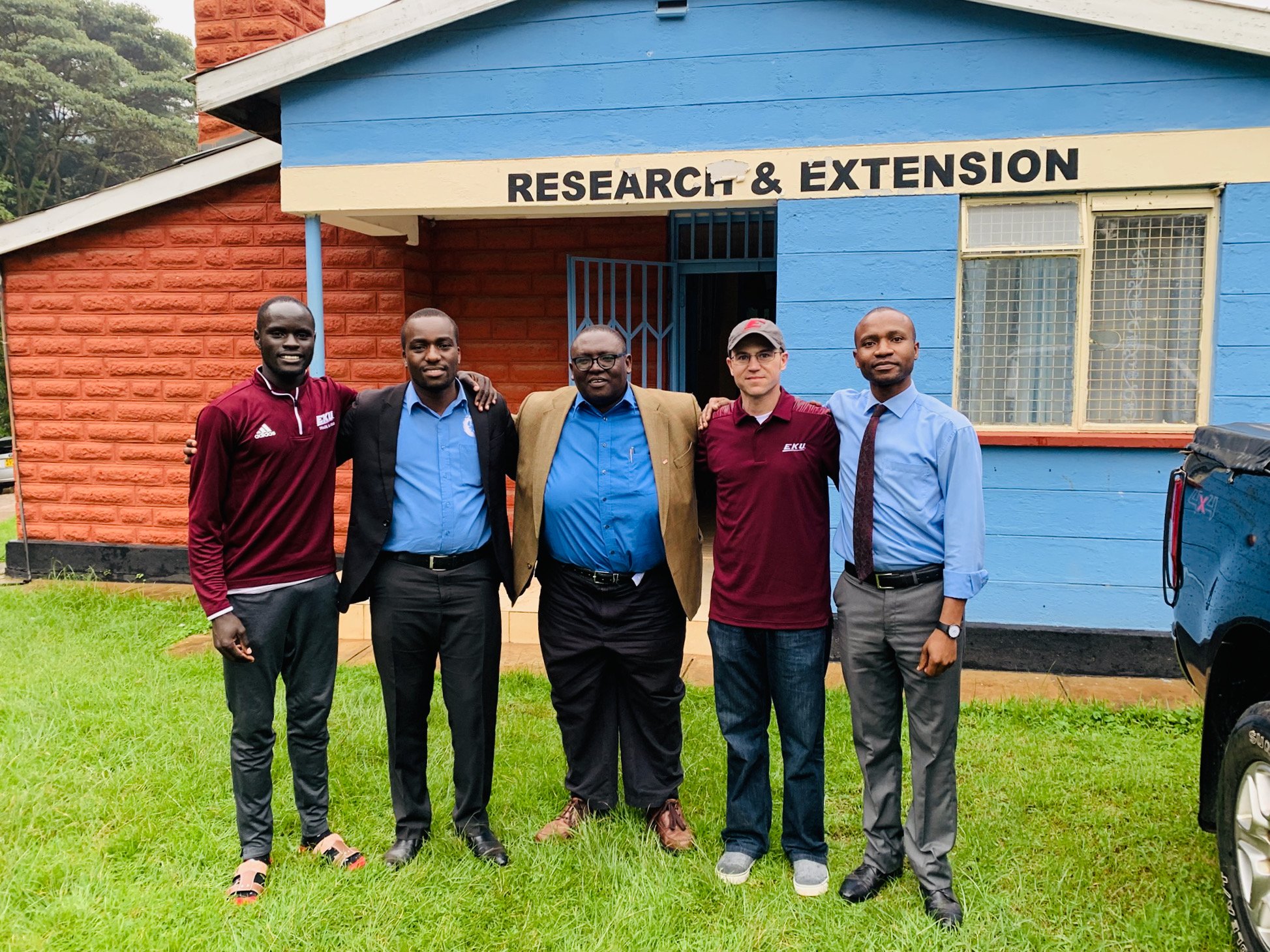
SOCIAL MARKETING AND ENTREPRENEURSHIP CERTIFICATE
Module 5: Encouraging Entrepreneurship in the Developing World
Throughout this course, we have seen the importance of innovation in the developing world. As a primary cog in the economic engine, innovation will play a key role in development. Furthermore, budding entrepreneurs are present locally and will drive local economic growth. Nurturing these entrepreneurs is a central role in development. This module focuses on a few local initiatives that have focused on stimulating entrepreneurial growth in Africa.
Example 1: Apps4Africa
As of 2010, East Africa has over 50 million cell phone subscribers, of which an increasingly large portion uses cell phone applications.(1) Technological talent in the developing world has been noted as being consistently creative, collaborative, and dynamic. To consider just one example, Ushahidi was launched in 2008 as an accessible, online media platform for monitoring violence, elections, and as a disaster warning system.
To flesh out this talent, the Kenyan State Department in 2010 launched a contest called Apps4Africa, which aims to encourage East African web developers to design specific mobile applications for the needs of their communities and countries.(2) Some of the targeted categories for these applications include: healthcare, government transparency, education, and election monitoring. Prizes are awarded to the best applications, and all participants have the opportunity to network with the competition judges, who were selected to be either experts in the tech field or civil society leaders.(3)
A key feature is the online aspect of the event, which makes it far more inclusive and accessible. Ideas for projects can be submitted online through various media channels, and East African citizens can vote online for their favorite ideas, which are sorted by popularity. This aspect of the program helps tech designers to decide on which idea would have the most potential impact on their fellow citizens. All the ideas will remain available after the completion of the program, allowing it to act as a locally-sensitive resource that web developers can use when designing mobile applications in the future.(4) Some ideas that have been proposed include mobile math tests to access and standardize the quality of math education across different institutions, and an application to allow day laborers to find work.(5)
Example 2: Maker Faire Africa
Another gathering of entrepreneurial talent is Maker Faire Africa, which helps to promote a wide array of African-made technological gadgets. The first event took place in 2009, and there are plans to hold an annual event, including a 2010 event in Nairobi, Kenya. (6) The most prominent part of the event is that inventors share their inventions from a large range of categories—including artisan crafts, engineering, and design. Some innovations born from Maker Faire include a Ugandian design to build a computer kiosk from an old oil drum, and a talking book that can dictate text for the illiterate.(7),(8)
Maker Faire also features business workshops, where participants are taught about intellectual property rights, how to commercialize their products, how to secure micro venture capital, as well as general business mentorship. A “Match a Maker” event helps to link inventors with organizations that might be interested in their products, exerting a much wider social net than the innovator would otherwise be able to access. Maker Faire also includes conference talks and events to introduce children to new technologies.(9)
Maker Faire enables strong networking opportunities for African entrepreneurs, and its events empower Africans to introduce innovations for their own problems. Maker Faire has been compared to Silicon Valley in the 1970s and 80s, where a similar meeting of entrepreneurial minds helped give rise to the software boom. The uniqueness of the event in terms of scale and approach is voiced by Emer Beamer, who works for the social change organization Butterfly Works:
“This is a really special event, there’s not really anything like this. People who invent and create need encouragement and support. Often they are considered a little bit [crazy] by their environment, and having these people together to take the time to roll up their sleeves, make it happen, try things out, meet each other, they’re not only sharing knowledge and skills and tips, they’re getting the inspiration and encouragement of people of the same mindspace as them.”(10)
A final goal of Maker Faire is to get participants interested in manufacturing to create an endogenous manufacturing base in Africa, essential to long-term economic growth. Manufacturing processes have often been ignored in discussions about wealth creation and poverty reduction, restricting the ability of innovations to reach large scales. This keeps many innovations in the small-scale, informal sector. By encouraging manufacturing as an exciting process, and also by helping to establish partnerships between individuals and large companies, Maker Faire promotes the translation from local gadget to nationwide machine.(11) To help accelerate this process, the concept of Maker Faire will ideally be replicated across the continent through a number of events and multidisciplinary partners.
Footnotes
(1) Apps4Africa. “About Apps for Africa.” 2010.
(2) Whittemore, N. “State Dept Teams With Entrepreneurs to Unleash African Tech Talent” 2 July 2010. Social Entrepreneurship.
(3) Apps4Africa, 2010.
(4) Ibid.
(5) Apps4Africa. “Published Ideas.” 2010. Apps4Africa.
(6) Maker Faire Africa. “Background.” Maker Faire Africa.
(7) Ibid.
(8) Mensah, K., Atsyomu, E.A. and Vugt, B.V (Producers). “Maker Faire Africa 2009, Accra, Ghana.” 2009. AfricaNews.
(9) Maker Faire Africa. “Program.” Maker Faire Africa.
(10) Mensah, K., Atsyomu, E.A. and Vugt, B.V (Producers). “Maker Faire Africa 2009, Accra, Ghana.” 2009. AfricaNews.
(11) Ibid.
